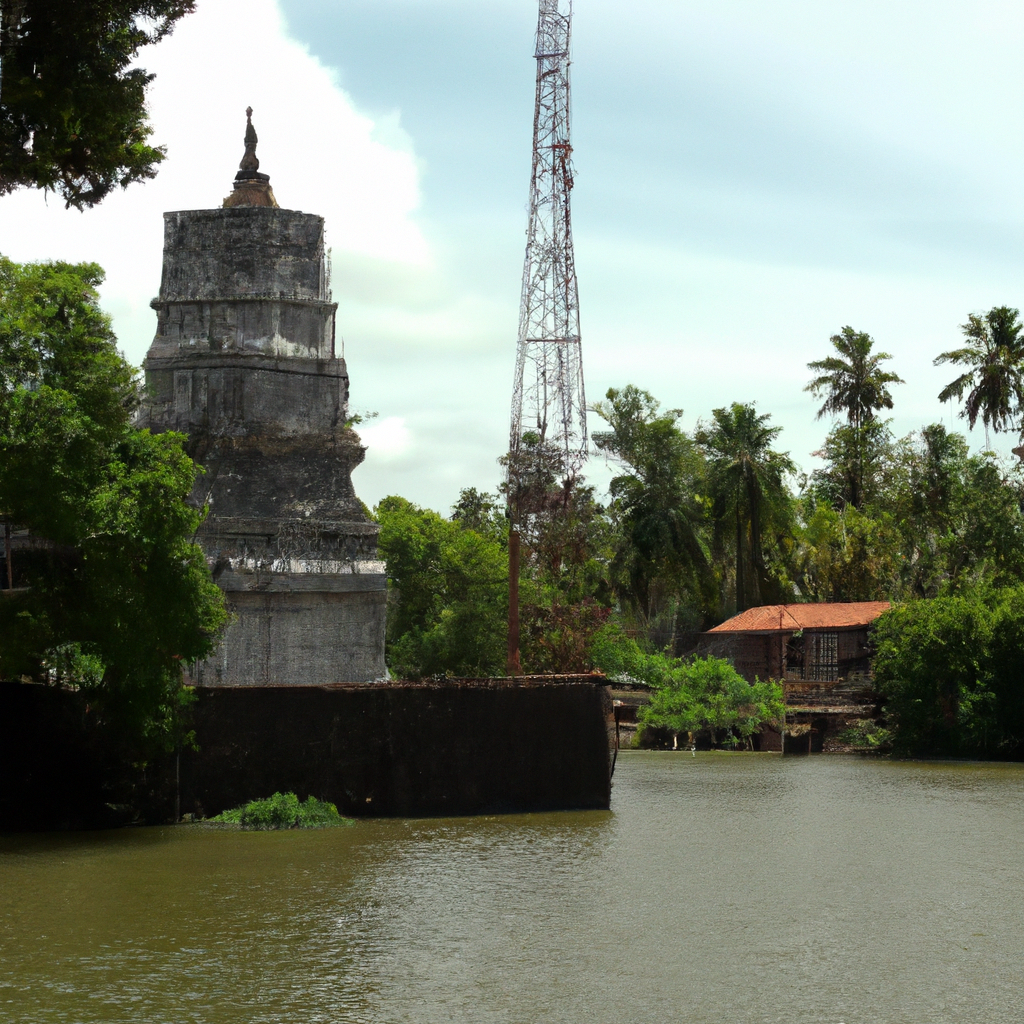Landscape photography is a form of art that captures the beauty of nature and its surroundings. It requires a set of techniques to achieve a perfect shot that captures the essence of the landscape. In this article, we will discuss the essential techniques of landscape photography that every photographer must know to capture stunning images that stand out.
Composition:
The first and the most important technique in landscape photography is composition. It is the art of arranging elements in the photograph to create a visually appealing image. The composition of a landscape photograph should be such that it captures the viewer’s attention and leads them to appreciate the beauty of the scene. Here are some tips for composing a landscape photograph:
– Use the rule of thirds: Divide your frame into three equal parts horizontally and vertically, place the horizon line in the upper or lower third of the frame, and the subject in one of the intersecting points.
– Leading lines: Use lines in the landscape such as roads, rivers, or trees to lead the viewer’s eyes into the photograph.
– Foreground, middle ground, and background: Create depth and dimension in your photograph by including elements in the foreground, middle ground, and background.
Lighting:
Lighting is another crucial aspect of landscape photography. The quality of light can make or break your photograph. Here are some tips for lighting in landscape photography:
– Golden hour: Shoot during the golden hour, which is the first hour after sunrise and the last hour before sunset. During this time, the light is soft and warm, which creates a beautiful atmosphere.
– Weather conditions: Shoot during cloudy or overcast days to avoid harsh shadows and glare.
– Use filters: Use polarizing filters to reduce glare and increase color saturation. Use neutral density filters to slow down your shutter speed and capture the movement of water or clouds.
Camera settings:
The camera settings play a significant role in landscape photography. Here are some camera settings that every photographer should know:
– Aperture: Use a small aperture (high f-stop number) to achieve a deep depth of field and keep everything in focus.
– Shutter speed: Use a slow shutter speed to capture motion blur in water or clouds. Use a fast shutter speed to freeze the action.
– ISO: Use a low ISO to avoid noise in your photograph.
Equipment:
The equipment you use can impact the quality of your photograph. Here are some essential equipment items for landscape photography:
– Tripod: Use a stable tripod to keep your camera steady and avoid camera shake.
– Remote shutter release: Use a remote shutter release to avoid camera shake when pressing the shutter button.
– Wide-angle lens: Use a wide-angle lens to capture a wide view of the landscape.
– Backpack: Use a backpack to carry all your equipment and protect it from the elements.
Creativity:
Landscape photography is all about creativity. Here are some creative techniques to make your landscape photographs stand out:
– Experiment with different perspectives: Shoot from a low angle or a high angle to change the perspective of your photograph.
– Use silhouettes: Capture the silhouette of a tree or a person against a beautiful sunset.
– Use reflections: Capture reflections in water or glass to create a unique image.
Conclusion:
In conclusion, landscape photography is a beautiful form of art that requires a set of techniques to capture stunning images. Composition, lighting, camera settings, equipment, and creativity are essential elements of landscape photography. By mastering these techniques, you can capture the beauty of nature and create photographs that stand out.







